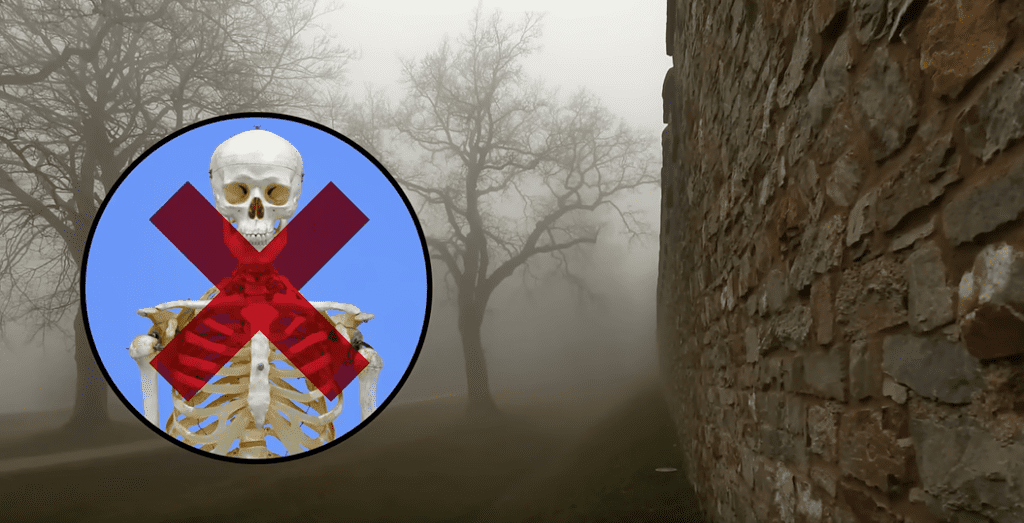Built by Emperor Hadrian of the Roman Empire, Hadrian’s Wall stretches across the width of England south of its modern border with Scotland. This incredible monument covers over seventy miles (120 km) going from Wallsend on the east coast of England in North Tyneside to the salt marshes of the Solway Estuary in Cumbria on the west coast. It was built in two phases under the direction of Roman Emperor Hadrian, who was among the ‘Five Good Emperors’ of Rome. Hadrian was an extremely prominent Roman Emperor, who reigned from 117 to 138 AD.

According to historical records, Hadrian was a very generous man, giving large amounts of money to communities and individuals, and is said to have been one of the few emperors that wanted to live unassumingly, like a private citizen. Hadrian was also well known for his extensive travelling throughout his empire, and it was Hadrian who laid the foundations of the Byzantine Empire.
Hadrian’s building projects are without a doubt his most enduring legacy. He founded cities throughout the entire Balkan Peninsula, Greece, Egypt and even Asia. The Arch of Hadrian constructed by the citizens of Athens in 132 AD honor Hadrian as the founder of the city. He also re-built the Pantheon and constructed the Temple of Venus and Roma. But his most important monument is the wall constructed in the north of England.

Known in the past as Vallum Hadriani, the construction process of the wall began around 122 AD, corresponding to the visit of the Roman emperor to the province. Originally 3 m wide (10 ft) and up to 6 m (20 ft) in height east of the river Irthing, and 6 m (10 ft) wide and 3.5 m (11.5 ft) meters high west of the river, the wall stretches over a vast distance across uneven terrain. It is believed that the wall was originally covered in plaster and was white-washed, giving the wall a shining surface that would have reflected the sunlight and making it visible from many miles away.

The construction project took six years to complete and was first thought to have been built by slaves, but this was later disproven. It is now known that the builders of Hadrian’s Wall were Roman legionaries who were stationed in Britain in over a dozen fortifications located along the wall. Hadrian’s Wall underwent a series of mayor repairs standing strong as the northwestern frontier until the fall of the Roman Empire in the 5th century AD. The Roman army was well known for having highly skilled architects, mason builders, surveyors and carpenters in their ranks.
The first excavation of Hadrian’s wall are believed to have been undertaken by William Camden in the 1600’s but the first actual drawings of the wall were made in the 18th century with formal archaeological studies beginning in the 19th century and continuing until today.

As for the purpose of the Hadrian’s wall, this is a subject of much discussion and debate between historians and archaeologists. Hadrian’s biographer wrote “(Hadrian) was the first to build a wall 80 miles long to separate the Romans from the barbarians”, but there are no records that provide an exact explanation for its construction. A popular view is that it was built to control immigration and smuggling into England. Patrolling legionaries would have been able to keep track of who entered and exited Roman territory, allowing them to charge customs dues and check for smuggling. Other theories are that the wall was constructed to reflect Rome’s power and might, control rebellion, and/or reflect Hadrian’s policy of defense before expansion.
Hadrian’s Wall was declared a World Heritage Site in 1987, and in 2005 it became a transnational “Frontiers of the Roman Empire” World Heritage Site.
Source : https://www.ancient-origins.net/ancient-places-europe/mighty-wall-hadrian-emperor-rome-002418



